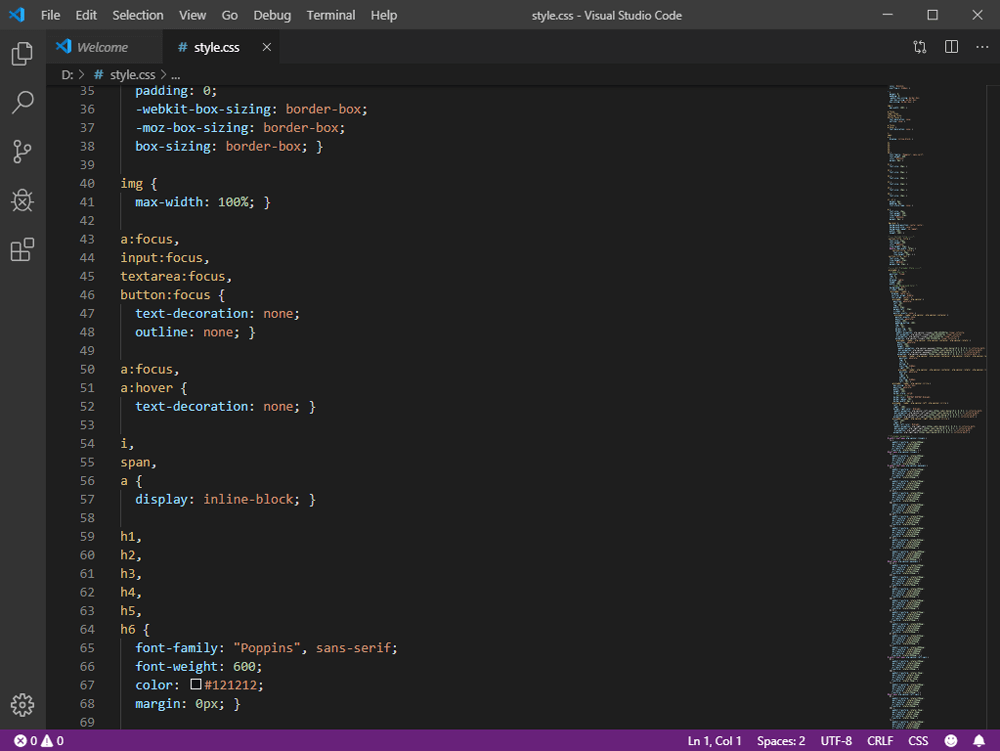
Sure, programmers have been using editors to code-and amplifying their capacities through the use of plugins-for decades. The lines between the two tools aren’t as clearly defined as they used to be.

The gap between editors and full-fledged IDEs, which was once wide, is getting narrower with each passing year. For instance, the premium versions of some popular IDEs count with performance profilers and advanced tooling for testing and architecture.

IDE: What’s the Difference?īefore we look at the editors, though, let’s take a step back and talk about how editors differ from a similar tool: IDEs.

For each item, we’ll give a brief description and talk about its advantages and disadvantages. We’ll walk you through our list of seven JavaScript editors. While there’s nothing preventing you from working only on Notepad, you can certainly improve your experience and see your productivity skyrocket by adopting a proper JavaScript editor. If JavaScript is so important, you should give some thought to the tools you pick when working with it. Thus, we can consider JavaScript to be the soul of a website. With JavaScript, you can create user interfaces that react to the user actions, bringing movement and interaction, which creates a richer user experience. Without JavaScript, your page is nothing more than a boring, lifeless static document.


 0 kommentar(er)
0 kommentar(er)
